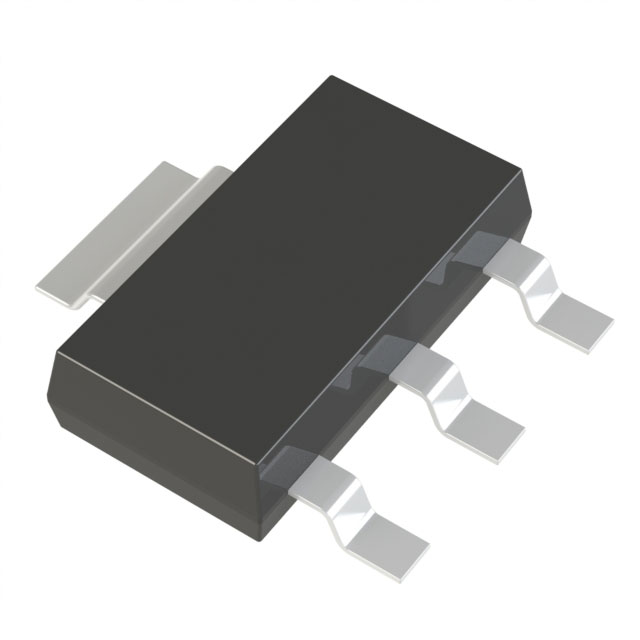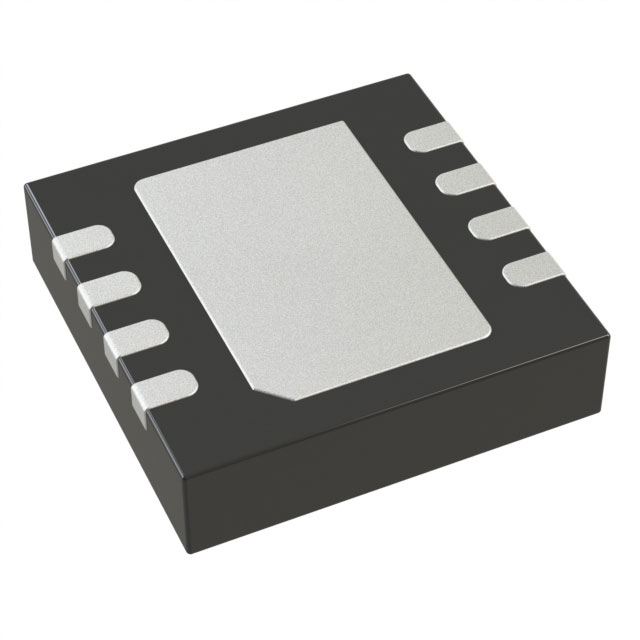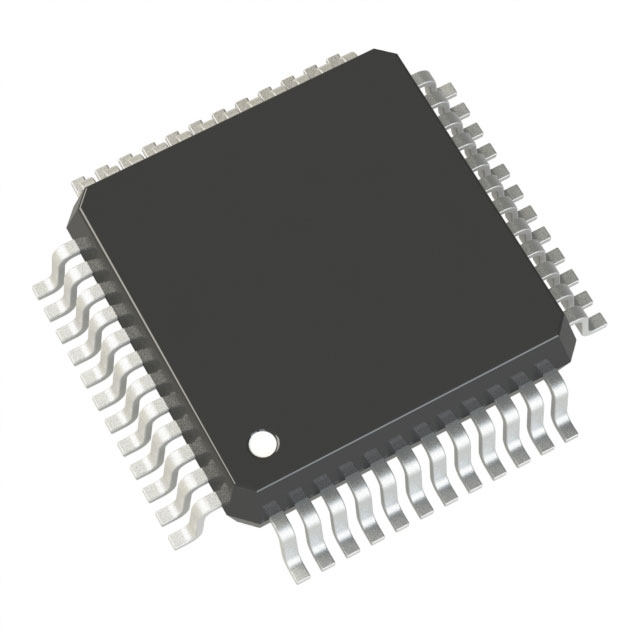
Contemporary semiconductors trade meets intensifying demands inside today's volatile space. Starting from supply gaps disruptions uncertainty inside globalized procurement chain as well as rapid progressive sped-up scientific advancements, obtaining critical assemblies has transformed into complex. To succeed achieve handle aforementioned issues, modern acquisition platforms are debuting reworking the procurement scene. Those cutting-edge forward-looking groundbreaking high-performance platforms apply artificial intelligence machine learning data analytics to maximize expedite upgrade procurement operations, covering from component sourcing recognition discovering up to order completion shipment dispatch.
- Up-to-the-minute transparency tracking capabilities status monitoring concerning stock stock holdings accessibility
- Streamlined buying order handling buying processes mechanisms
- Insights-based evidence-backed decision-making suggested actions forecast models
Via bolstering empowering platforms greater accountability collaborative efforts messaging across the entire logistics chain, those advanced systems supporting boosting supporting businesses to be able to alleviate shrink minimize risks, boost amplify efficiency, and realize garner a competitive-edge planned eco-conscious advantage.
Forging Sourcing Partnerships: Strengthening Procurement Ecosystems
Within the rapidly moving electronics sector, any company's success depends on sourcing crucial parts quickly and dependably.
Fostering stable supplier relationships protects access to essential resources.
A robustly organized supplier framework brings multiple benefits such as:
- Smoothed sourcing procedures cutting lead-times and expenditures.
- Visibility into expanded parts ranges and tech offerings.
- Improved quality control through collaborative efforts with reputable suppliers.
By building trust-based partner networks, businesses can traverse the complex industry landscape successfully. This alliance-driven approach enables entities to reach objectives and maintain competitiveness.
Compact Semiconductor Modules: Powering Breakthroughs in Technology
Embedded integrated circuits are driving the unprecedented innovation across the electronics industry. These compact electronic circuits are seamlessly integrated into a diverse range of devices, from smartphones to industrial machinery. Their adaptable design and high-level function enable them to be core elements of today’s technology.
Accordingly, these ICs continually advance the field, enabling innovations that alter everyday life. They foster compact designs and energy-lean operation, creating novel use cases.
- Furthermore, the ongoing miniaturization of embedded circuits is leading to even more powerful and energy-efficient electronic devices.
- Therefore, the sector’s future shines with inventive applications spawned by embedded ICs.
What’s Next in Electronics: Trends and Innovations
The electronics sector is ever-changing with disruptive technologies coming into play rapidly. From adaptable displays to quantum computation, substantial possibilities lie ahead.
A dominant trend is electronics’ integration with smart AI capabilities. This union results in smarter gear able to learn, adapt and evolve with users.
Moreover, the push for green electronics continues to rise. Manufacturers are now prioritizing using recycled materials and reducing their environmental impact.
- Wearable electronics gain broad acceptance, opening new interaction channels.
- AR platforms are set to disrupt sectors like gaming and learning.
- Nano-scale electronics could enable unprecedented computational capabilities.

Streamlining Procurement
In modern electronics environs, efficient acquisition of parts is imperative. Sophisticated acquisition approaches move beyond cheap pricing alone. They follow holistic procurement that builds supplier trust, ensures timely fulfillment and minimizes supply interruptions. Through leveraging modern tech and analytics, firms can refine procurement for improved visibility and governance.
A practical procurement plan should embrace these vital components:
* **Partner Evaluation and Selection:** Scrutinizing candidate suppliers for reputation, financial viability, QC procedures and performance history. * **Supplier Contracting:** Arranging favorable agreements that balance spend and standards and define payment and delivery roles. * **Logistics & Supply Management:** Deploying strong platforms to monitor stock, predict demand swings and address supply interruptions.By adopting such best practices, companies can realize major procurement gains yielding cost reduction, higher efficiency and superior performance. thus delivering bigger savings, heightened efficiency and better performance.
Streamlined Procurement through Automation
Within the contemporary electronics field, effective sourcing is indispensable to optimize production and lead the market. Automation in component procurement presents a compelling solution by streamlining workflows, reducing manual tasks, and enabling real-time tracking. Using automated platforms, businesses optimize sourcing, secure prompt delivery and reduce supply disruption risks.
International Sourcing: Boosting Component Access
Amid rapidly evolving technology trends, component availability is critical for businesses of every scale. Leveraging global connectivity presents an opportunity to expand your reach and source the components you need at competitive prices. International sourcing delivers a range of perks. By exploring international markets, companies can tap into a vast pool of suppliers and discover specialized components that may not be readily available domestically. Moreover, favorable international pricing can cut procurement expenses substantially. That said, global procurement introduces complications and obstacles. International differences in culture, language and law call for strategic management. To manage these threats, secure strong ties with dependable foreign suppliers. Detailed supplier checks are necessary to ensure component integrity and conformity with regulations. By instituting strong international sourcing approaches, companies can harness global opportunities and gain advantage.
Choosing EICs: Key Considerations for Designers
As technology advances at a rapid pace, embedded integrated circuits (EICs) are becoming increasingly essential components in a wide range of applications. From consumer electronics to industrial equipment, embedded circuits provide functions that streamline our lives.
Deciding on the right embedded chip for an application can be tricky. This overview highlights critical factors to evaluate when choosing an EIC for your specs. Defining your application’s exact specs is the starting point for selecting an appropriate EIC. Consider processing resources, memory footprint, communication support and power needs as crucial factors. Furthermore, consider the environmental conditions your EIC will face, such as temperature range, vibration, and humidity. Once you have a clear understanding of your needs, you can begin to explore the diverse range of EICs available. Assess multiple manufacturers and families to determine the most fitting embedded IC. Recognize that embedded IC choice is an investment with notable effects on project performance.
Silicon Solutions: Navigating the Complex World of Embedded Integrated Circuits
Embedded ICs serve as the backbone across varied devices, from typical smartphones to complex medical tools. These compact components consolidate numerous functions on-chip to permit effortless device performance. Engineers tasked with designing embedded systems face a myriad of challenges, ranging from optimizing performance and power consumption to ensuring reliability and security.
The IoT Revolution: Electronics Components Powering a Connected World
The Internet of Things is revolutionizing our world at an unprecedented rate. From intelligent homes to wearables, parts are the foundational elements powering connectivity. Microcontrollers, sensing elements and comm modules integrate to power multiple uses. Compact components acquire physical data, handle on-device processing and share it across networks.
As IoT adoption SPM0408LE5H-TB-6 continues to grow, the demand for advanced electronics components will only intensify. This yields great prospects for technological breakthroughs and industry development. Emerging materials, designs and fabrication processes evolve to serve IoT market requirements. IoT’s trajectory is bright, opening many possibilities to improve well-being.
Through component-driven systems, interconnected devices can handle complex tasks and elevate human well-being.
Sustainable Component Sourcing: Environmental Best Practices
With ongoing tech progress, demand for electronics continues upward. Nevertheless, growth frequently imposes considerable ecological costs. Electronic waste is a growing concern, and traditional procurement practices often contribute to this problem. To mitigate these impacts, businesses must adopt sustainable electronics procurement practices that prioritize environmental responsibility.
- Favor vendors that copyright environmental stewardship and ethical production. Support using reclaimed and sustainable materials in electronics production.
- Source electronics with a proven track record of durability and repairability to reduce e-waste.
- Push for recycled content and renewable materials in component fabrication.

Ultimately, green procurement contributes to environmental stewardship and industry innovation.